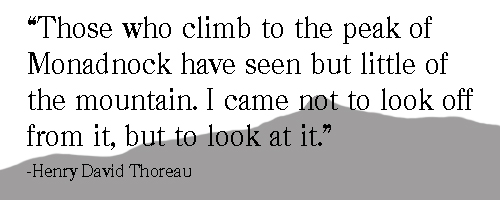I’ll begin this week with another confession. I had a lot of difficulty writing this post. It almost didn’t make it here to the blog.
Months ago when I first began planning some of the places and events I wanted to visit through this internship, hiking Monadnock was the first on my list. I couldn’t believe that in the year this blog has been published one of the most well-known and well-loved New Hampshire icons was missing. I haven’t known the mountain for very long, but in the short time that I’ve lived in Keene she’s been there every day. She’s become part of my life here.
I felt it was my duty to write this post, but I had no idea where I was to begin. In the last few hundred years, the mountain has been hiked, painted and photographed, cleared and burned, restored and preserved, written into verse, researched, serenaded, danced upon, and worshiped.
Made famous through the writings of Emerson and Thoreau, it is also the subject of numerous books, fiction and non-fiction alike, and will soon be the star of it’s own documentary.
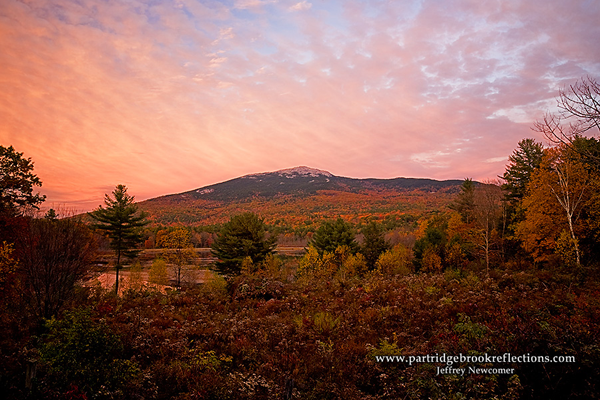
Tied to the peak is a wealth of history, from the native Abenaki people to early explorers, Romantic era Halfway House hotels to plane crashes in the 1950’s and 80’s.
And today through the efforts of conservationist such as Antioch University’s Dr. Peter Palmiotto, founder of the Monadnock Ecological Research and Education Project, the mountain has become a living classroom. It is a place for future generations to find their connection to the landscape.
Capturing everything that is this mountain in just a single post was so intimidating. How was I even to begin?
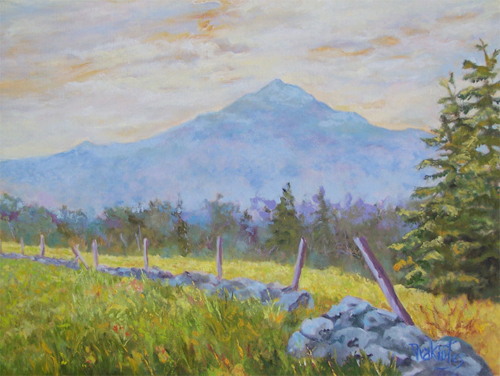
For guidance I visited Monadnock State Park headquarters and interviewed Patrick Hummel, Park Manager and all around Monadnock expert. Patrick told a few stories about the challenges of administering the countless day to day tasks that keep one of the most popularly hiked mountains in the world accessible and safe for visitors. With the responsibility of coordinating staff and volunteers, managing the budget, maintaining trails and facilities, providing public relations, and conducting frequently required rescues of hikers, he’s never off-duty. In our modern era where so many choose to connect and communicate in the digital world, managing a park has expanded far beyond the woods. 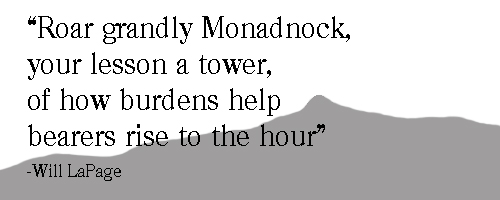
While the role of a park manager may have evolved, the reasons that people visit the park, Patrick explained, are largely the same as they were in the days of Thoreau and Emerson. Some are looking for a new perspective, to see things from a much higher point of view. Others treat the mountain like it’s a gym, a place to test their physical and mental limits. It may be a place to get away from the city, or a challenge to be conquered, and even a venue for a publicity stunt. You see and hear it all climbing the trails.
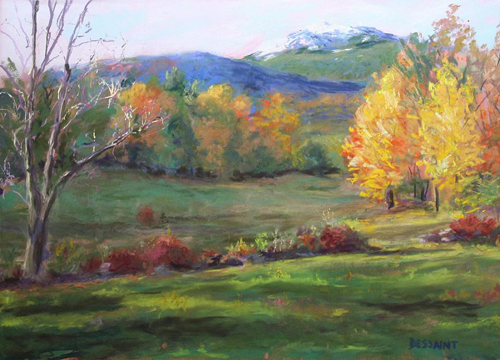
And as I left the park that day I wondered what goal I should set for my own hike. Of all the hats I wear in life, who should I be on my climb? The amateur photographer? The conservation biology student? The fitness instructor?
It seemed like such an important decision, one that got stuck in my head for the weeks leading up to the trip. It wasn’t until I arrived at the trailhead the morning of my hike that I found some peace. I had remembered something that I read in my research, that the meaning of the word “monadnock” in the Abenaki language translated to “mountain that stands alone.”
I decided that I should let the mountain stand alone and hike it without the clutter of goals or objectives, the pressure to find some meaning or revelation. Just allow it to stand alone. These days this might be the path less traveled on Mt. Monadnock.
My next post is about my hike. It’s admittedly a little minimalist, but I did manage to capture a few good photographs.
—-
Take Action: Monadnock Trail Week is July 13th through 17th. Volunteers are needed for trail maintenance including restoring and re-marking trails, building waterbars, improving trail tread, and constructing footbridges. If you’re interested in participating please contact Carrie Deegan at cdeegan@forestsociety.org or 603-224-9945.
My thanks to many who generously granted me permission to display their art in this article, and to others who donated their time and wisdom to my research efforts.

